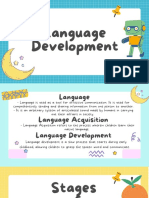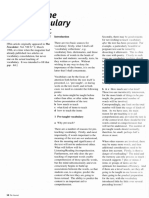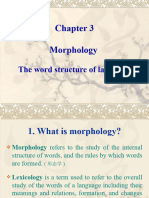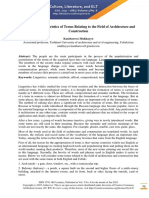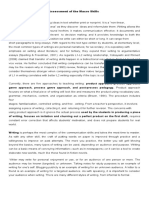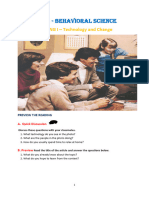0% found this document useful (0 votes)
12 views6 pagesDevelopmental Language Notes
The document provides an overview of language and communication, defining key concepts such as communication, language, and paralinguistic cues, and outlining the five domains of language: pragmatics, semantics, syntax, morphology, and phonology. It discusses the dynamic nature of language development, including theories such as principles and parameters theory, social interaction theory, cognitive theory, and emergentism, as well as the role of caregivers in infant language development. Additionally, it highlights the importance of communicative competence, expressive and receptive language, and the impact of research biases on understanding language disorders.
Uploaded by
ebm.breeCopyright
© © All Rights Reserved
We take content rights seriously. If you suspect this is your content, claim it here.
Available Formats
Download as DOCX, PDF, TXT or read online on Scribd
0% found this document useful (0 votes)
12 views6 pagesDevelopmental Language Notes
The document provides an overview of language and communication, defining key concepts such as communication, language, and paralinguistic cues, and outlining the five domains of language: pragmatics, semantics, syntax, morphology, and phonology. It discusses the dynamic nature of language development, including theories such as principles and parameters theory, social interaction theory, cognitive theory, and emergentism, as well as the role of caregivers in infant language development. Additionally, it highlights the importance of communicative competence, expressive and receptive language, and the impact of research biases on understanding language disorders.
Uploaded by
ebm.breeCopyright
© © All Rights Reserved
We take content rights seriously. If you suspect this is your content, claim it here.
Available Formats
Download as DOCX, PDF, TXT or read online on Scribd
/ 6














































